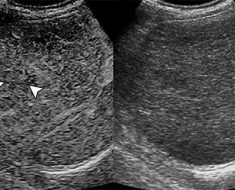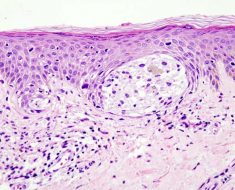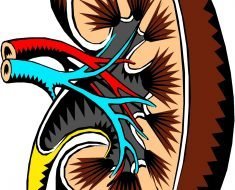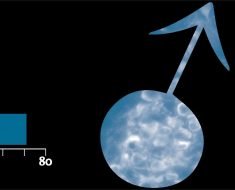Sudden cardiac death is a common cause of death in patients with congenital or acquired heart disease. An implanted cardiac defibrillator (ICD) can effectively put a stop to any underlying cardiac arrhythmia. In a long-term observational study involving 1,500 patients, researchers from MedUni Vienna’s Department of Medicine II (Division of Cardiology) have now shown that the programming selected for the implanted defibrillators (ICDs) plays a major role. It was found that the most “defensive” possible procedure is safe and, at the same time, significantly reduces inappropriate therapy.
People with implanted cardiac defibrillators (ICDs) are carrying a form of life insurance in their chests. This is only meant to be activated if their hearts lose their rhythm to such a degree that their lives are in acute danger—this primarily concerns ventricular tachycardia or atrial fibrillation. Depending upon the situation, the ICD emits a painless pulse or immediately gives a (painful) electric shock until normal cardiac rhythm has been restored. “Unfortunately, in some patients, this therapy overshoots the mark. This results in premature or unnecessary shocks with the associated detriment to quality-of-life,” says study author Achim L. Burger from MedUni Vienna’s Division of Cardiology.
“In this study, we compared customised ICD programming, standard programming and programming with extended detection times,” explains Burger.
“Our department has used the extended detection time (the time before the ICD kicks in) since 2010 and this gives the heart a chance to regain its rhythm spontaneously,” adds study author Thomas Pezawas from the Medical University of Vienna’s Division of Cardiology.
Compared with standardised programming, programming with extended detection times could reduce the number of unnecessary ICD shocks by 29 percent. Furthermore, the recent study showed that this procedure is equally appropriate for all patients, irrespective of their gender, underlying disease or type of device.
“We can refer to excellent results accompanied by very high levels of patient safety. Previously published annual rates for the number of unnecessary ICD shocks were between 5.1 and 7.9 percent. We are now aiming for 3.7 percent, which will be a top international value,” says principal investigator Thomas Pezawas, summarising the results, which have now been published in Circulation.
Long-standing centre of excellence for defibrillators
Source: Read Full Article





